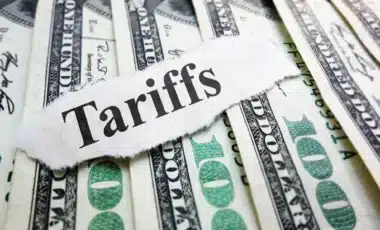New tariffs from former President Donald Trump are shifting market dynamics in unexpected ways. While many products may rise in cost, some American-made goods could actually become more affordable.
Public attention has largely centred on price increases caused by tariffs on imported goods. However, a closer look at specific sectors reveals a more complex picture, where domestic industries benefit from reduced foreign competition.
This shift is beginning to affect consumer pricing. Several industries, including energy, lumber, and beef, are seeing structural changes that may result in lower costs for U.S. buyers. In certain cases, policies designed to penalise imports are instead revitalising local supply chains and encouraging price stability.
Energy Sector Sees Reduced Costs From Market Disruptions
The energy sector is showing early signs of consumer price relief. Crude oil prices dropped to a four-year low following the imposition of new tariffs, according to Fox Business Network. The decline reflects disruptions in global supply chains that have altered international market dynamics.
With overseas logistics under strain, U.S. refineries are sourcing more oil from domestic suppliers. This realignment supports local markets and provides the potential for steadier petrol prices for consumers. Industry analysts suggest the transition could bring modest but tangible savings at the pump, especially during the peak travel season.
Policy changes under the Trump administration have encouraged energy independence, further distancing the U.S. from foreign producers. The resulting supply stability offers the potential for competitive pricing, driven not by subsidies but by market recalibration and increased local capacity.
U.S. Industries Gain Ground Amid Reduced Import Pressure
Several other American industries are poised to benefit from the new tariff environment. Timber production is expanding due to a federal order mandating a 25% increase in harvesting on public lands, according to the National Association of Home Builders (NAHB).
The beef industry is also responding to the shift. As reported by Drovers, higher costs on imported meat are limiting foreign competition, allowing U.S. cattle producers to operate with more pricing control. Domestic supply may tighten, but local demand continues to support competitive pricing structures.
Manufacturers of wooden furniture and apparel are also adjusting. With imported goods becoming less cost-effective, American producers who already rely heavily on U.S.-sourced materials are improving their market positions.
In these sectors, the tariff policies are accelerating a rebalancing of supply chains in ways that could make locally made goods more accessible to consumers.









